Los Angeles
The holiday is nearly upon us, and all across the city, citizens are Christmas mad. The Pacific Electric Hollywood car stalled, halfway through the First Street tunnel, and when the wire fell down and sent sparks arcing across the darkened windows, scads of package-laden shoppers panicked and stampeded, despite attempts by train staff to calm them. Several passengers suffered bruised knees, ankles and backs.
There’s naught but sadness at 4528 Amber Place, where the John Vernon Rosses mourn the death of their only child, John Vernon, Jr., aged 4. Mother was working days and father nights in downtown shops, to save enough to give the tyke his best Christmas ever, while a neighbor, Mrs. J.W. Loyal of 4600 Topaz Street watched the babe. When mother called for him around 1pm, he was dead in his cot, victim of some mysterious internal hemorrhage. An autopsy was ordered, but if any cause of death was found, it was never reported in the papers.
And down on Wilton Place, the Parker Twins, Marion and Marjorie, whisper together about what to give their father Perry for his birthday tomorrow. They cannot know that tomorrow Marion will be kidnapped from her school by The Fox, and that despite the ransom Perry pays, she will never come home again.
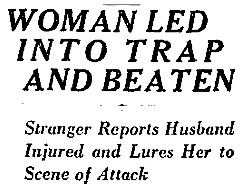






 October 12, 1927
October 12, 1927
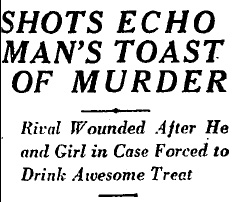

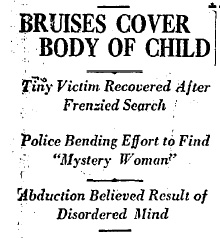
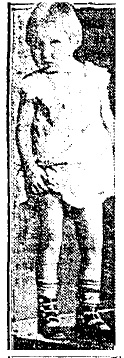 downtown shopping trip with her mother, Mrs. Agnes Wagner.
downtown shopping trip with her mother, Mrs. Agnes Wagner. 
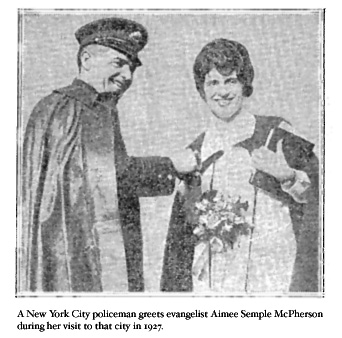
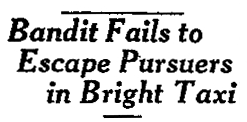

 Clifford J. Morgan needed some dough—hey, don’t we all—and what surer way to procure some than to stick up a gas station? So he hailed a dimbox and told the hack to take him off to the filling station at
Clifford J. Morgan needed some dough—hey, don’t we all—and what surer way to procure some than to stick up a gas station? So he hailed a dimbox and told the hack to take him off to the filling station at 
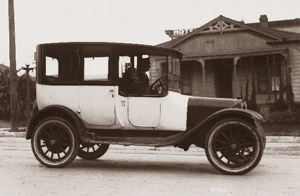 Vehicles-for-hire made the news again today in the strange case of five year-old Kenneth Stubbs, who had been placed by his mother Della in the home of Mrs. Bertha Whitiker at
Vehicles-for-hire made the news again today in the strange case of five year-old Kenneth Stubbs, who had been placed by his mother Della in the home of Mrs. Bertha Whitiker at